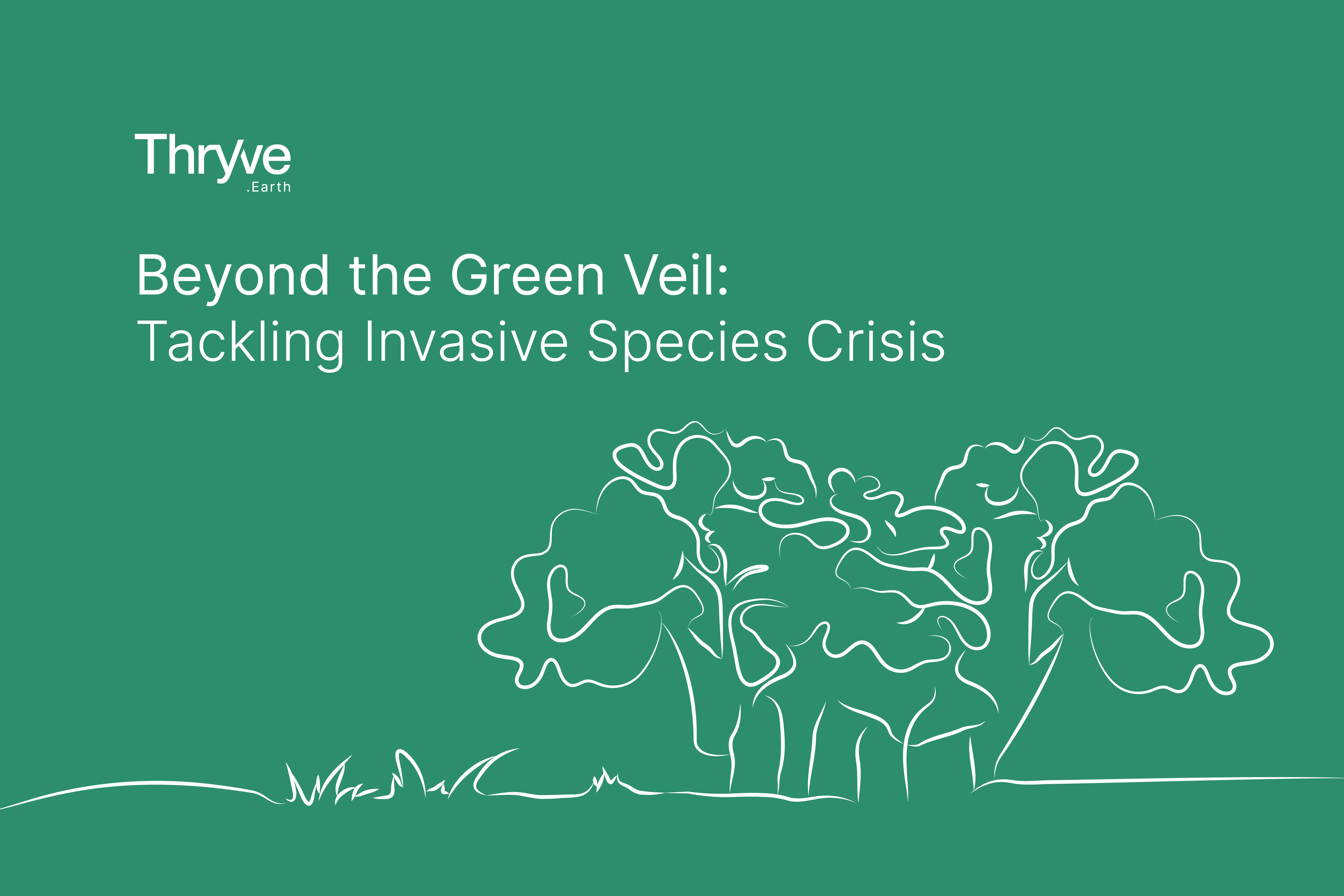Our journey at Thryve began with a question our Co-founder and CEO, Vinay Kulkarni, couldn’t shake: How can we extend humanity’s time on this planet long enough for future generations to thrive? The Earth will recover; the question is whether we will. Thryve was born from that urgency to help ecosystems regenerate, with care, integrity, and lasting impact.
Vinay recently joined Edward Smith and Rene Velasquez on their podcast, This Week in Carbon. The conversation unpacked what meaningful climate mitigation demands in the years ahead, highlighting how integrity and multilateral collaboration are essential to building a system that delivers real impact, not just carbon credits.
Here are the key takeaways!
1. The alarming reality of overshooting 1.5°C
New climate models paint a stark reality: A recent EDHEC Climate Institute study finds the probability of limiting warming to 1.5 °C is effectively around 1%. It projects a median warming of 2.7 °C by 2100, with a 35–40% chance of exceeding 3 °C. Meanwhile, BlackRock estimates that 50–60% of global GDP is at risk due to nature and biodiversity-related events, which have prompted large asset managers and insurance companies to start taking these risks into account. This trajectory pushes us toward dangerous thresholds, where ecosystem collapse and mass displacement become not just possible but probable.
At 3°C, the rules change: damage becomes non-linear, unpredictable, and irreversible.
The message is clear, mitigation can't wait. The 2020s are the decade that determines whether we land in catastrophe or course-correct in time.
I want to leave behind a livable world, not just for my children, but for generations of people and all sentient life that share this planet.
2. On regulations and carbon market convergence
As regulatory clarity emerges, we're entering a pivotal moment in the evolution of carbon markets. In a recent reflection shared by Vinay, crediting Benedict from Restoration Climate, the convergence of the voluntary and compliance markets is no longer theoretical. With instruments like ICVCM’s Core Carbon Principles and Article 6 alignment gaining traction, governments are shifting from micromanaging standards to trusting overarching labels. That shift could simplify transactions, unlock liquidity, and make high-quality credits as tradeable as any major commodity.
We view integrity as a natural outcome of deep care in our work, a principle we uphold with pride.
3. Where Thryve steps in
For developers like us, this interoperability is foundational. Robust, harmonized regulations are what allow projects to scale responsibly and attract the capital they need to deliver long-term impact. When carbon markets function with the transparency and reliability of traditional financial systems, we move closer to a market that rewards integrity, drives investment into real-world regeneration, and ultimately accelerates meaningful climate action.
What one needs to understand is that climate change is going to hit my P&L. It's going to hit my balance sheet. It's going to hit my people. What I hope is that people start shifting their narrative, from 'I need to solve for carbon credits' and carbon as an answer, to 'I need to protect my business interests.' When the correlations start becoming very evident, I think we’ll see a lot of change.
Check out our deep-rooted projects in India and North Sulawesi.
As climate shifts accelerate, so must our approach. The time to act is now, by investing in credible, nature-based solutions that restore ecosystems, support communities, and deliver lasting climate impact.
For deeper insights, listen to the full episode on Spotify, YouTube, or Apple Podcasts.
Download PDF
Gallery
Want to partner with us?









